Jaime Pavon-Aviles

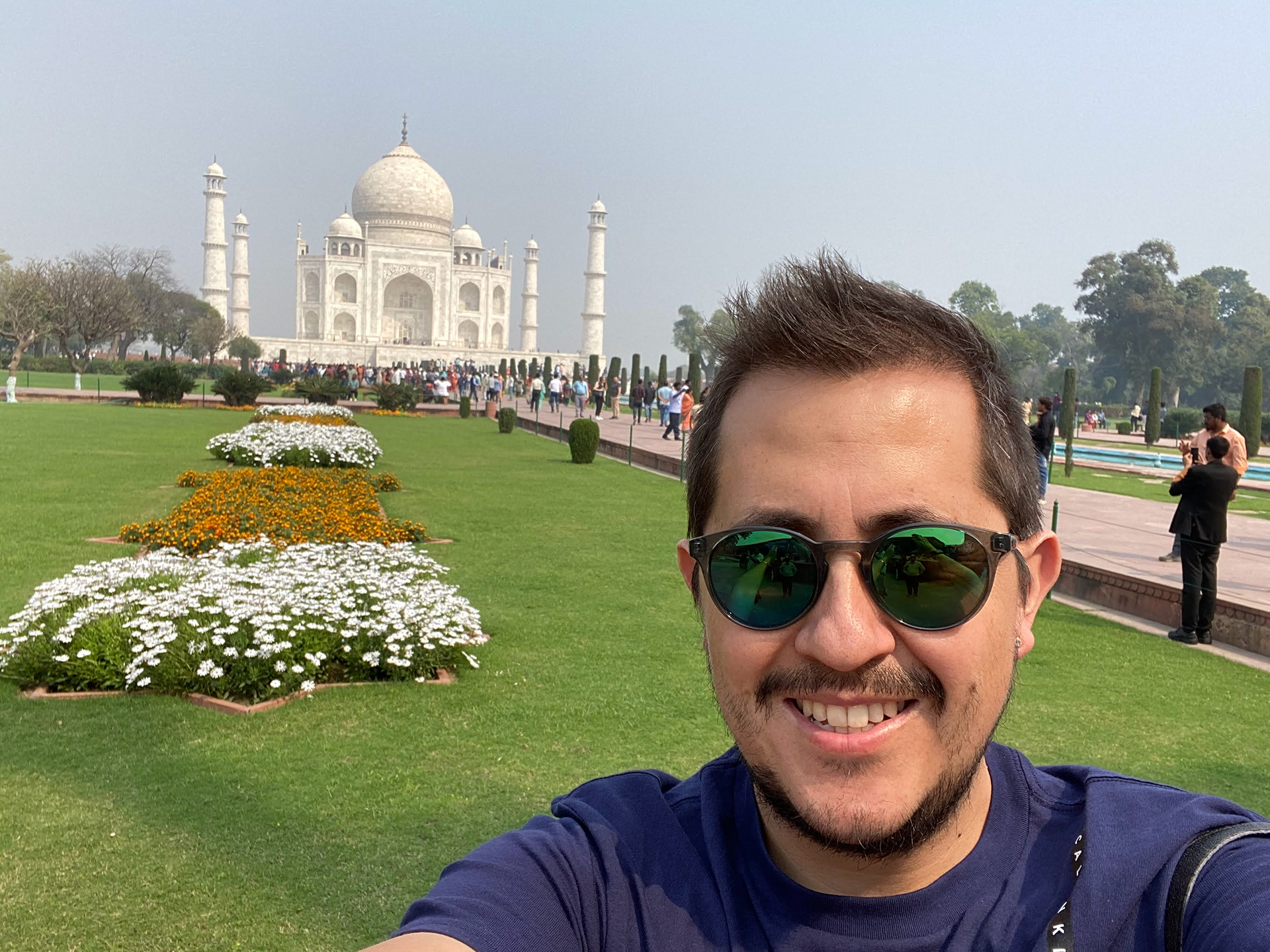
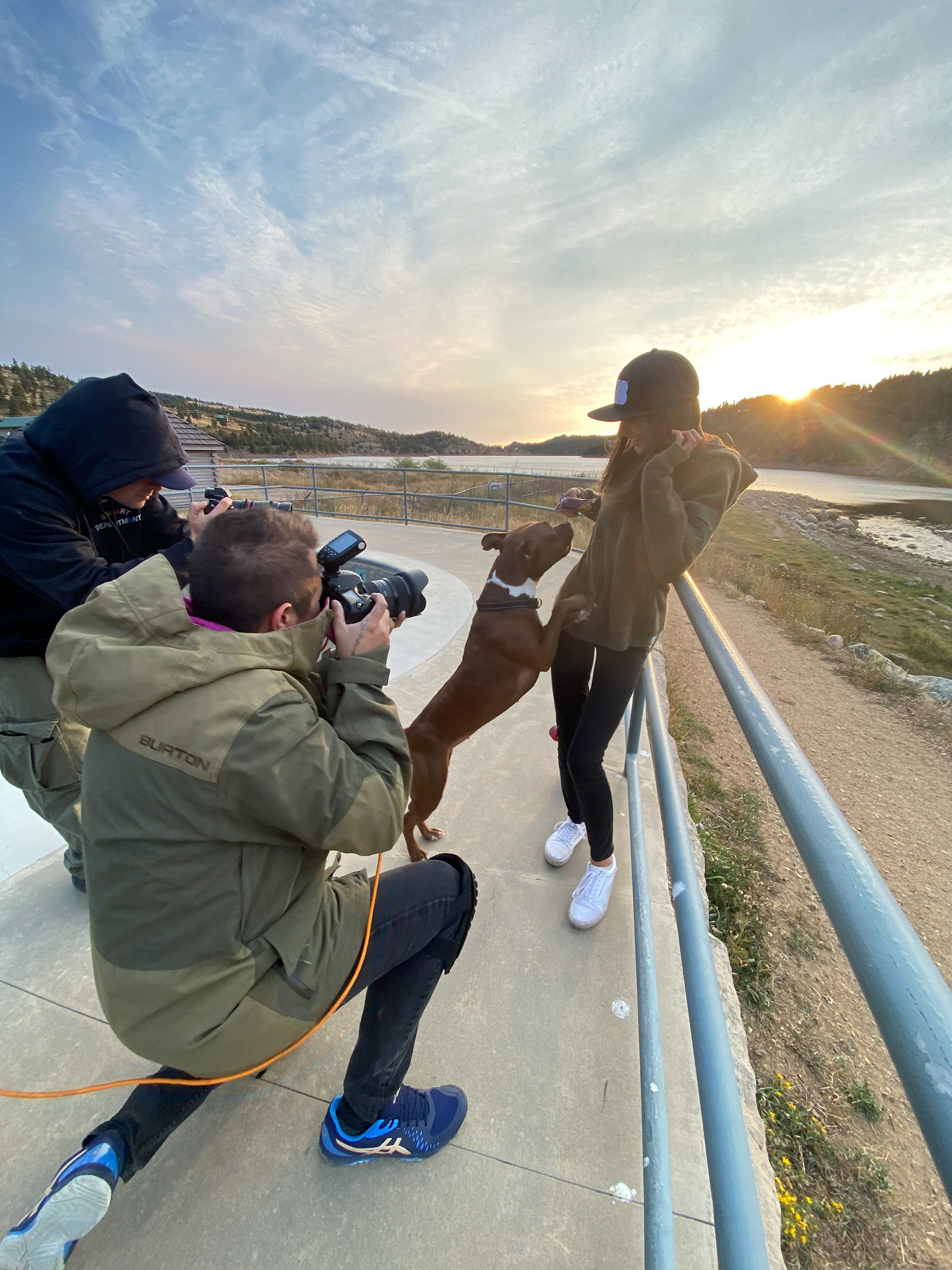

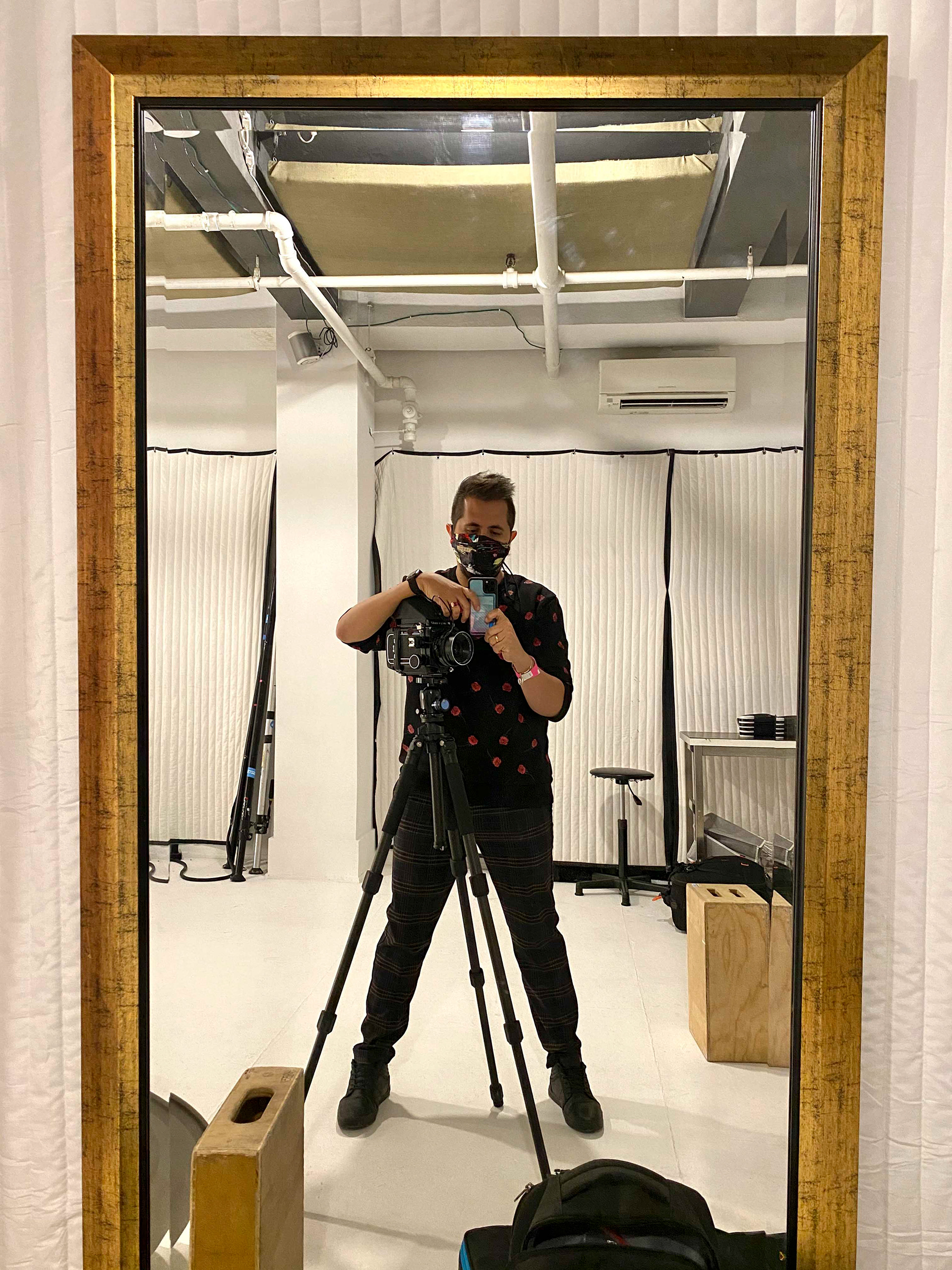
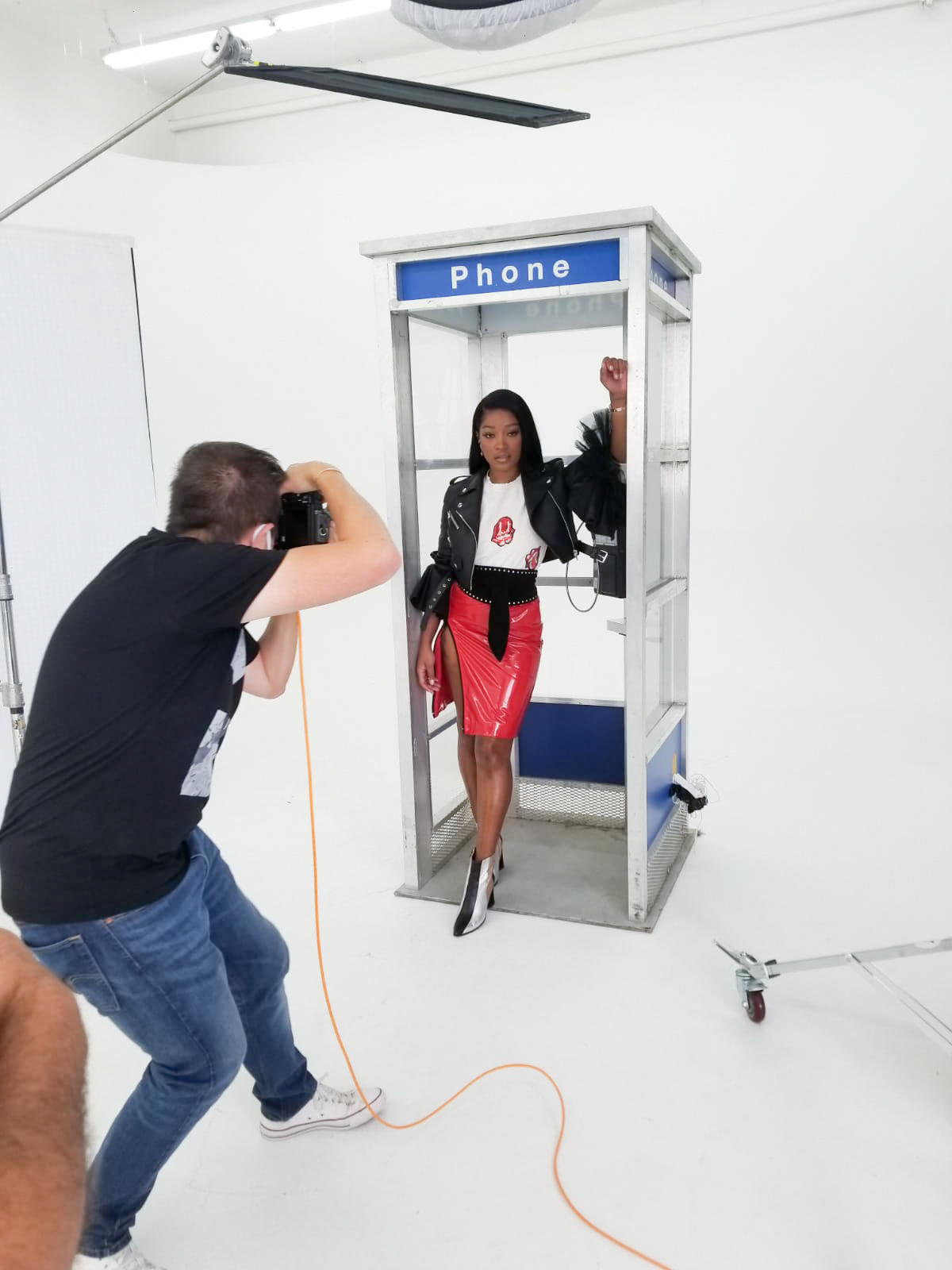
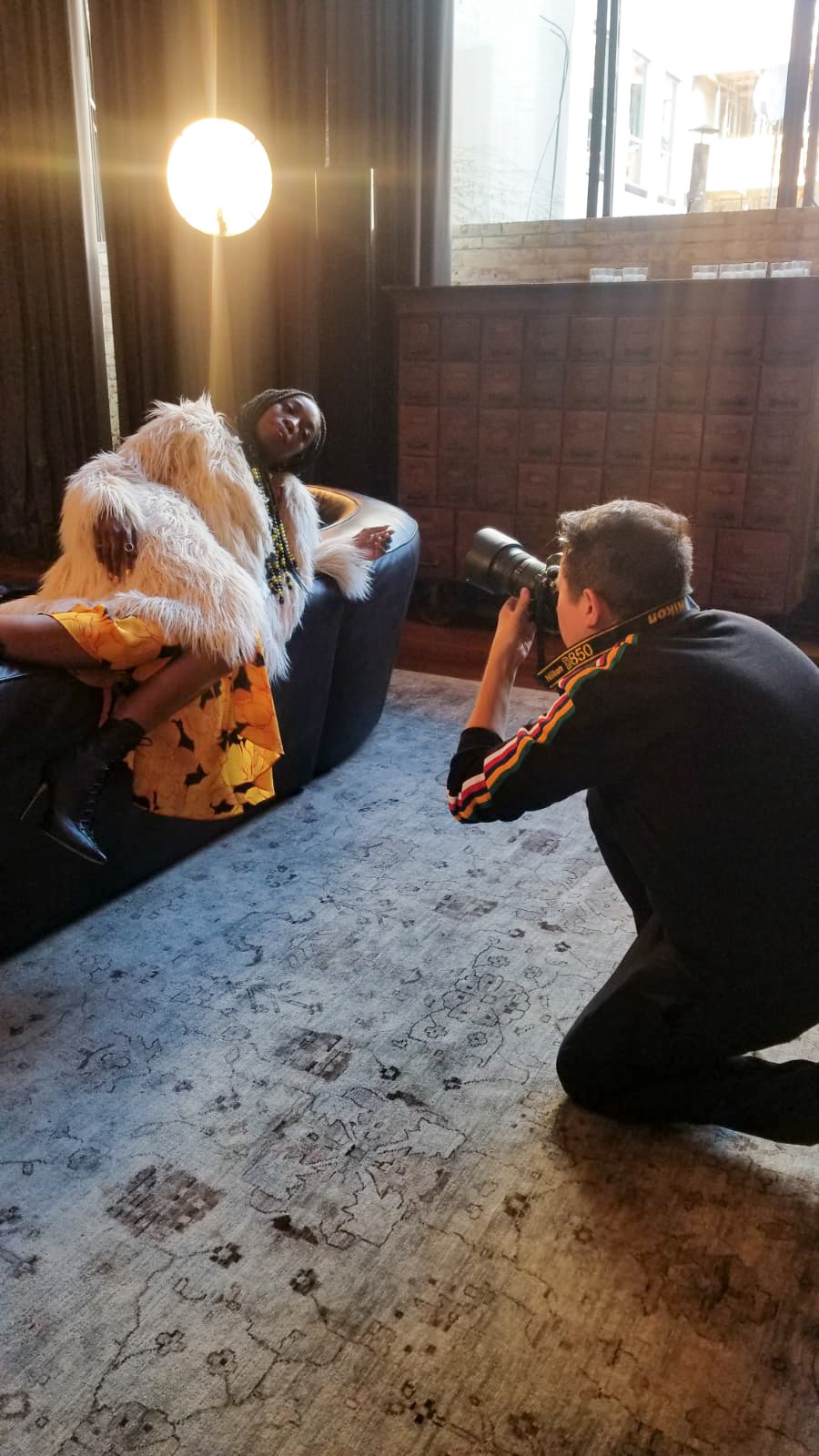

I'm Jaime Pavon, a passionate fashion and product photographer born in Ecuador based in New York blessed with a vibrant heritage that blends indigenous American, North African, and South European influences. My diverse background deeply influences my artistic vision, which I now bring to the bustling creative scene of New York. I studied at the School of Visual Arts and have quickly found my path in the fashion and product photography industry. My work has been featured in prestigious publications such as Vogue Portugal, Elle, and Wonderland.
I've had the honor of working with some of the biggest names in fashion, including Vera Wang, Michael Fausto, and Rodarte. Beyond the thrill of fashion shoots, I have a deep appreciation for product photography, being very meticulous in achieving the perfect photo. I am also passionate about film photography, which I explore whenever I get the chance. You can follow my journey and see my latest projects on Instagram at @pavonphoto and @fashion35mm.
For inquiries or collaborations, reach out to me at info@jaimepavon.com.
Press Highlights
The Manhattan Herald
Owl Guru
The Art of Creating Imaginary Worlds: Jaime Pavon on Becoming a Fashion Photographer
Fashion photography is a genre that not only inspires but also creates imaginary worlds and situations that are both amazing and beautiful. For me, Jaime Pavon, a New York-based fashion photographer who transitioned from photojournalism to fashion photography, it's something that shapes culture. In this interview, I share how I got started in the industry, what sets successful fashion photographers apart from those who struggle, how I approach the creative process, and how I overcome the challenges I've faced.
What inspired you to become a fashion photographer, and how did you get started in the industry?
Fashion, to me, is something that shapes culture, and fashion photography is one of the most inspiring genres for creating imaginary worlds and situations that are both amazing and beautiful. I always loved seeing those stories in magazines, so I transitioned from photojournalism to fashion photography when I was 22, four years after my first formal contact with a photography camera.
What do you think sets successful fashion photographers apart from those who struggle to make a name for themselves in the industry?
To understand fashion, you don't just need to like fashion and trends. You need to make people intrigued about why this or that and make them question everything. Only then are you creating new things. But that's only one part. The second most important thing is to shoot every day. It doesn't matter what; a fashion photographer needs to create daily. You can partner with a local magazine, fashion stylist, or art director and create fun things every day to make yourself visible to those who don't know you yet. Hard work and patience are what make the difference.
How do you approach the creative process when working on a fashion shoot? Can you walk us through your workflow?
Moodboarding is the most important thing before creating something new and fun. It’s like any other creative or brainstorming process, where you put many things you like together and create something new and fresh out of all the things you’ve put in. After that, I ask my team to give me feedback and include the things they consider important in their areas, such as makeup, clothing, hair, props, location, and retouching. When everything is ready, the next step is to select the right casting for the idea and ensure all the details are taken care of, which is what makes the final photos look spectacular. On the shooting day, the studio/location is usually full of the crew, plus the client, agencies, models, catering, etc. Setting the atmosphere with happy music is important to have a nice and full-of-good-energy set that helps the creativity flow. After that, retouching gets involved to enhance all the photos and give them that final touch that brings them to life.
What are some of the biggest challenges you’ve faced as a fashion photographer, and how have you overcome them?
In any industry, there will be challenges to overcome. I have faced the hurdle of being a newcomer in a highly competitive market. Networking was and still is very challenging. Also, finding the style that showcases what I consider beautiful in a way that the client and audience think is as strong, appealing, and beautiful as I meant them to be is difficult. But I never gave up. Perseverance is key. Keep pushing yourself, stay focused on your goals, and don’t let setbacks discourage you.
How important is networking in the fashion photography industry, and how do you build and maintain professional relationships?
As someone who arrived in New York six years ago, not knowing anyone in the industry, networking has been challenging. It is critical to grow in the industry. I still try my hardest to meet and network with the people I admire, and sometimes emails and Instagram DMs help when I’m in the middle of pre-producing a new photoshoot, sending estimates, invoicing, keeping up with my social media, and being a good father to my two beautiful daughters.
How do you stay up-to-date with the latest trends and techniques in fashion photography, and how do you integrate them into your work?
Keeping informed is also part of the job. I have to see and follow new artists and photographers every day! Trends change so quickly that if you stop following them, you can easily fall back into doing something that’s not current and your clients won’t like it. Every day, I try to learn something new and test new techniques as well. You can see that my work style is always similar, but there are hints of new and modern techniques and styles incorporated into my work every day.
Can you describe a particularly memorable or challenging photo shoot you’ve worked on, and how you overcame any obstacles?
I have a funny story about the first time I worked with Vera Wang and her team. It was a photoshoot at her apartment on Park Avenue, with a very early call time. Her apartment style is very clean, white, and monochromatic. I was requested to take my shoes off, and, like one of those unbelievable stories, I had on a pair of socks with a hole in them. I didn’t notice because it was still dark by the time I left my home, but there was nothing I could do by the time I got to her apartment. So, I laughed, took a photo that I sent to my closest friend about the silly moment I was having, and then kept the ball rolling to get the job done successfully!
How do you balance creative vision with the demands of clients and brands when working on fashion campaigns?
The amazing thing about fashion photography is that it is a very collaborative process. That means that even though your client has a very detailed brief, it is always important for you to chip in with some ideas to make it appealing to you, too. Of course, you will have to deliver and do what your client needs because that’s their goal in the first place – to create something that’s in their minds and bring it to life! But still, making it yours, inputting your style and technique into that is what makes a good idea an exceptional one! The most beautiful things I have done is when the art director and myself are on the same page, fine-tuning every detail to get that final shot.
How do you approach working with models, hair and makeup artists, and other members of a fashion shoot team to ensure everyone is on the same page?
Communication is a crucial skill to have when directing a big photoshoot. Then, having good references in your mood board or deck for them to see and follow is also essential. So, I usually bring many prints with all these references and put them up on the walls for everybody to see during the shoot. It’s also crucial to get involved during the process. I try not to say much because, in a way, I also have to trust my team, but I’m always looking to ensure that their creativity is pointing in the same direction as mine. I always work with people that I have worked with before, whose talent, vision, and professionalism I know and trust.
How do you handle feedback and criticism from clients and collaborators, and what strategies have you found most effective for resolving conflicts?
I always accept and take feedback from people whose creativity I admire, including clients and collaborators. It’s important to listen to them because we all have different perspectives on everything, and the audience that we are working for is also broad and has many perspectives. So, taking feedback and transforming it into better work that speaks to a broader audience is key to not only becoming better but also to evolving and transforming into what the culture is walking towards.
What advice would you give to aspiring fashion photographers looking to break into the industry?
To aspiring fashion photographers, here are some pieces of advice to consider:
1 - Identify what you love and make every effort to achieve it. Pursue your passion and put in the hard work.
2 - Dream big and set ambitious goals, but also be ready to put in the hard work and continuously learn.
3 - Networking and collaborating with other creatives are crucial in the fashion industry. Attend events, meet other photographers, models, designers, and stylists, and establish meaningful connections.
4 - Stay current with the latest styles and trends by reading fashion magazines, watching runway shows, and discussing trends with other creatives.
5 - Persevere through challenges and stay focused on goals, pushing oneself, and not letting setbacks discourage you.
6 - Gain experience and learn from other photographers by assisting them, attending workshops and seminars, and continually studying to enhance and improve one’s craft.
7 - Be experimental and break the rules while staying true to your style and vision.
Can you speak to the role of post-production in fashion photography, and how you use editing tools and techniques to enhance your images?
Post-production is essential in fashion photography to enhance and make photos look better. When shooting raw, you get flat files that are meant to be retouched and corrected. While photographers can do the retouching job by themselves, many great retouchers and retouching houses are available to handle the files and make them look amazing and ready for printing. The use of editing tools and techniques can help enhance the overall image quality, such as adjusting exposure, contrast, color, and sharpness.
How do you stay motivated and inspired in your work, and what sources of inspiration do you draw upon?
Staying motivated and inspired in work involves finding those little things that motivate you to take another step. Personal things, emails about awards, meetings with potential clients, and traveling can be inspiring. Fashion magazines, runway shows, ads, museums, and movies are also great sources of inspiration. Keeping your eyes open in general can help you find beautiful things to be inspired by everywhere.
How do you balance your personal creative projects with your commercial work as a fashion photographer?
Personal projects are essential as they make you become better and allow you to work on photos with your ideas only. Planning ahead, like two months in advance, can help you balance your personal creative projects with commercial work. Communicating with clients about your schedule is important to ensure availability. Additionally, investing your own money in personal projects can help you achieve the desired quality and aesthetic.
Can you discuss any specific challenges or opportunities that arise when shooting fashion photography for different markets or cultures around the world?
Shooting fashion photography for different markets or cultures around the world presents both challenges and opportunities. Adapting to different cultures and fashion scenes can be challenging. On the other hand, working with people from around the world and receiving their perspectives and points of view can make your work more interesting and richer.
How has social media impacted the world of fashion photography, and how do you leverage these platforms to grow your brand and reach new audiences?
Social media has made fashion photography more accessible to the public and has given photographers a bigger responsibility to make everything look impactful, of better quality, and ethically correct. Social media can be leveraged to grow your brand and reach new audiences by consistently posting high-quality work, using relevant hashtags, engaging with followers, collaborating with influencers, and staying up-to-date with platform changes and trends.
Source:
A Day in the Life of Fashion Photographer:
Jaime Pavon-Aviles
Shooting Days
On these days, I usually wake up early and keep my head focused on the creative idea for the shoot. I double-check my equipment list, talent, and everything else I'll need while shooting. When I arrive on set, I have a photo assistant to help with the equipment and a digitech to assist with file handling. I greet the entire team, introduce myself to the client, models, and crew, and as soon as my lights are up, I begin the photoshoot. This is when the really fun part begins: finding the perfect photo, the right light, and angle to bring the images I had in my mind to life is truly amazing and enjoyable. The energy on set is always great, with good music, good food, and a very creative environment. Another great moment is when you get to see your work on a magazine cover or a billboard—it’s when all the hard work pays off.
Pre-Production Days
Pre-production is as challenging and enjoyable as shooting days, but it can take longer. The first step in pre-production is to conceptualize a creative idea and assemble a vision board or mood board with all the details every creative will need to be on the same page within the team. This may require several Zoom meetings with the client to refine all the details and creativity; it’s essentially like putting into words what you will do later on. After the mood board is approved by the client, you can hire a producer to help with all the organizational details and start building the team, which usually includes a hair stylist, makeup artist, nail artist, fashion stylist, photographer, first assistant, second assistant, digitech, and models, depending on your idea. You set a date, rent the studio, equipment, hire the caterer, and you are good to go.
Post-Production Days
On post-production days, the first task is to select the final photos. Some photographers do their own retouching, but I have a great one to whom I send my final selected photos to be retouched (shoutout to my amazing retoucher @lolaretouch). The retoucher is responsible for making your photos stand out even more; they fix some things that you couldn’t control during the shoot, they enhance the overall look, they color correct the photos (if you ask them to do it), and they prepare the photos to be printed correctly. It’s a job that takes time because in most cases, retouching one photo can take from 1 to 6 hours to finalize. Retouchers usually allow the client to review and request corrections a couple of times to their liking. After you have everything ready, the last step is to send the material to your editor-in-chief for them to work on the final layout, which is usually done between you, the EIC, and the designer.
Pros
To me, all aspects are pros because this is what I always wanted to do, and thankfully, what I’m doing nowadays. However, if you are recently deciding what to do with your life, let me tell you that being a fashion photographer can be a very creative and exciting career. We get to create entire worlds in our photographs; we are like movie directors, telling people what to do in order to help build these amazing scenes. You also get to travel a lot, see really amazing fashion designs, and do very interesting things, such as visiting museums, luxurious venues, and meeting celebrities and supermodels. It’s hard to become a good fashion photographer, but if you have a defined style and you are a hard worker, you can definitely achieve this and hopefully more.
Cons
There are no major cons if you are passionate about photography. Everything is like a big game, and you just have to play it while having fun. If I had to mention one, even though I don’t consider it a con but more like part of the adventure, it would be the struggle to reach a point where you have enough clients to live 100% off your photography work, and you are shooting every week the things that you would like to shoot.
Advice to Aspiring Fashion Photographers
You have to be really passionate about fashion, photography, and creating interesting things because it can be very frustrating at the beginning, and only the passion you put into your work can make the difference. Sometimes you can skip photography school—that’s definitely an option. If you decide to do this, my suggestion is to assist other photographers as much as you can because that’s the best way to learn the craft, techniques, and the business surrounding this career. Another great idea is to be in the place where things happen; for instance, if you are trying to pursue more of a celebrity portraiture career, then Los Angeles is the best place for you. If you want to become an automotive photographer, then Colorado could be a great option. But if you want to become a fashion photographer, then definitely New York is the best city to be in. My last suggestion is to shoot every day, meet as many people as you can, and keep shooting!
Source: